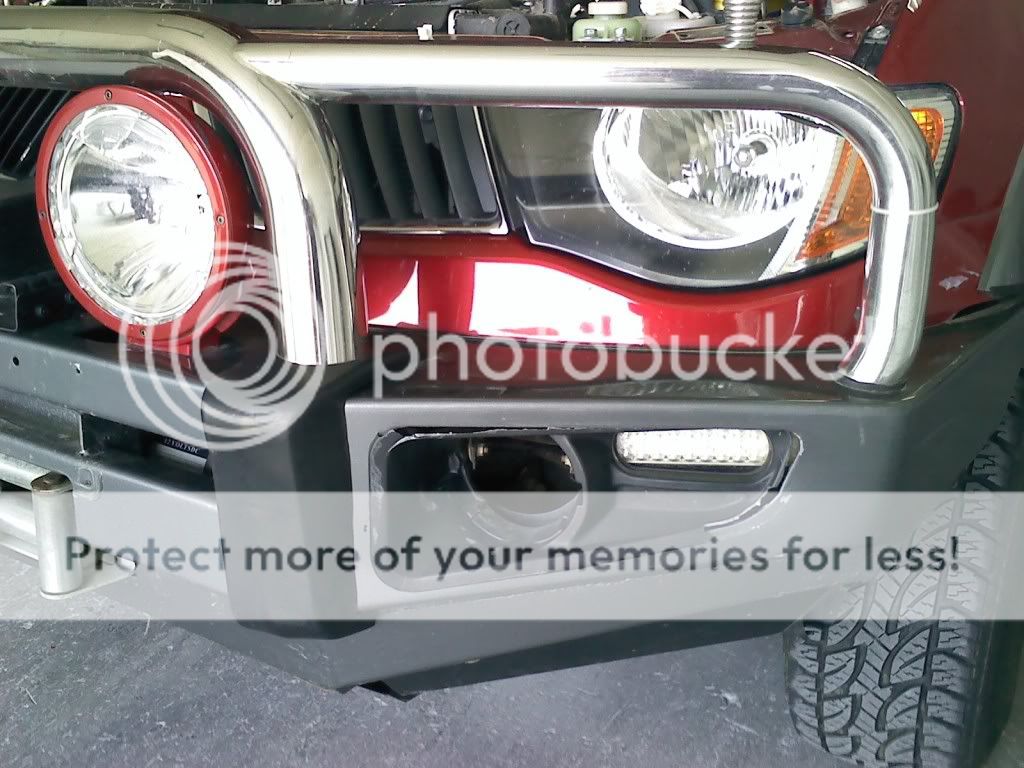NFT5
Newly Enlightened
You dip your beams when oncoming traffic is 5 kilometers away? That's about 25x sooner than you really need to by law; but I can certainly grant dipping them a little sooner.
Whoah...it's not correct to drop from high to low beam as soon as you can see an oncoming car 5km away. Laws vary by jurisdiction (state, province, territory, etc.);
Sure. We're actually only required to dip headlights at 300m and the 5km really only refers to straight road, single carriageway conditions. Where the road has a bend (so vehicle's lights aren't pointed directly towards another) then it's usual to wait until this happens. Similar with dual carriageway. It's just a courtesy thing, but generally observed and, if not, reminded of.
As Scheinwerfermann points out, the improvements in headlights and driving lights does mean that some legislation is now a little outdated. With most decent driving lights able to throw 1 lumen at anywhere from 800-1200m even our 300m rule is insufficient, and that seems to be roughly double what yours are. I really wouldn't like to be approaching my vehicle and have to wait until 152m for the lights to be dipped.
Having enough light to see that well nearly a kilometer away possibly means too much foreground light.
Agreed. This is why very long range , pencil beam driving lights are so popular here. To answer your question "but you do plan on replacing them with something better eventually, right?", this is the result of my last encounter with Skippy:

You'll notice that that's a Hella Rallye 4000 with the smashed lens. That was the third one that I've broken. At an average $200 each just to replace the lens/reflector that is way too expensive. Lightforce lights don't break so easily. The other thing, pertinent to your point about foreground light, is that the Hellas have a beam pattern which is like two circles, one within the other. The inner is very high intensity, very long range. However, the outer circle, designed to give a slightly broader spread closer in actually puts too much light on the roadway when the lamp is aimed dead horizontal as it should be. This excess foreground prevents you from seeing what is actually well lit up in the distance. The difference with the Lightforce Genesis is that the outer ring of light is much less intense, resulting in less foreground and better long distance vision. I'll concede that it's not ideal for tight, twisty roads and I plan on adding some supplemental lights that will cater for this.
The range of declination below the optical axis is based on the headlamp height, under ADR (if I'm reading this correctly. Yes, I know that's for the Northern Territory; I've been looking for a similar thing in the ACT, but haven't, yet).
Pretty broad specs they have up there in the NT. Less than horizontal is good enough. TBH I haven't waded through the ADR's for aiming specs but I'd be 99.9% certain that they're the same as ECE, so yes, that does vary according to headlight height. Even so, there is a pretty big "fudge factor" allowance in the ECE specs, but I guess that's just an advantage we have with the sharper cutoff than SAE/DOT. Can understand that you probably need to aim down a bit more.
Pretty sharp-looking vehicle. I see you've got an intake snorkel-- did you also snorkel the exhaust? My brother told me about a guy showing off his Suburban's new snorkel by driving in deep water, and the water pressure plugged the exhaust. Oops
Thank you. No need to snorkel the exhaust so long as you keep the engine running. If the water pressure is enough to stop the exhaust then I'd imagine you'd have much more serious things to worry about......like breathing.
Also, not to pick on you about your Lightfarce lamps,
:laughing: When I first came on here I would have taken offence at the anti-Lightforce comments. Ignoring their advertising, which is pretty out there, I now realise now that you can't judge a product unless you've used it in its' intended application. As for the spelling, well everyone knows that you guys have a mission to reduce the alphabet and introduce phonetic spelling...

